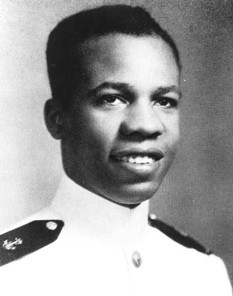What could you buy if you saved a dollar every day for a year?
A pair of designer shoes? Sure. A few fancy dinners? Probably. A plane ticket? We’ll let Delta answer that.
But what if saving that amount and pooling it with hundreds of other Memphians meant that you could change lives?
That’s the idea behind Give 365, a program of the Community Foundation of Greater Memphis. Program members pool their annual $365 donations and distribute the money in the form of grants worth around $5,000 each to worthy nonprofits in the Mid-South.
June 1st marks the program’s third anniversary, and so far, Give 365 has given away over $80,000 to 17 local nonprofits.
The Community Foundation first began looking at prototypes for Give 365 in other cities in 2010, when they recognized the untapped potential of small-scale philanthropists and collective giving.
“Our day-to-day job is philanthropy, helping people invest and give away their charitable money,” said Melissa Wolowicz, vice president of grants and initiatives for the Community Foundation. “But we wanted to find a way to engage a younger group — 20-, 30-, 40-somethings. We wanted to make [philanthropy] more accessible.”
After introducing the idea, they quickly realized they needed to cast a wider net, one that didn’t involve age limits.
“We found, even in our first couple of months, that people would call and ask, ‘Am I too old to join?’ We never wanted to send that message,” Wolowicz said. “We very quickly changed the way we talked about it and made it much more about engaging people who like the idea of collective giving.”
Give 365 currently has 215 members, and this year they want to get their membership up to, you guessed it, 365.
“We’re a little nervous because it’s an ambitious goal — getting all of our members to renew and recruiting about 150 new members,” Wolowicz said.
Every year, members put in their dollar-a-day donation, review grant proposals, vote on their favorite proposals, and in October, they hand over checks to the selected nonprofits.
With so many nonprofits in Memphis, Give 365 members narrow down the pool of submissions each year by introducing a theme.
One of Wolowicz’s favorite donation projects involved sending 15 participants to Advance Memphis’ six-week job readiness program. At the end of the program, the participants, all from South Memphis, submitted a video documenting their progress. (The video is available on the Community Foundation of Greater Memphis website, cfgm.org.) They’ve also supported a DeNeuville Learning Center program that teaches women to sew and a job-skills and cooking program for teens run by Juvenile Intervention and Faith-based Follow-up.
While larger nonprofits are not excluded from participating, Give 365’s grant recipients tend to be lesser-known nonprofits that might have fewer resources at their disposal and are most in need of grant money. This is an added bonus for members interested in learning more about the myriad charitable efforts in Memphis.
“You get to see all these nonprofits that you may or may not have heard of,” Wolowicz said. “We all have our favorite things that we love to support, but this gives us the opportunity to support other nonprofits that are working really hard. That little bit of funding goes a long way for them.”
